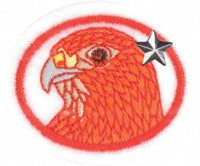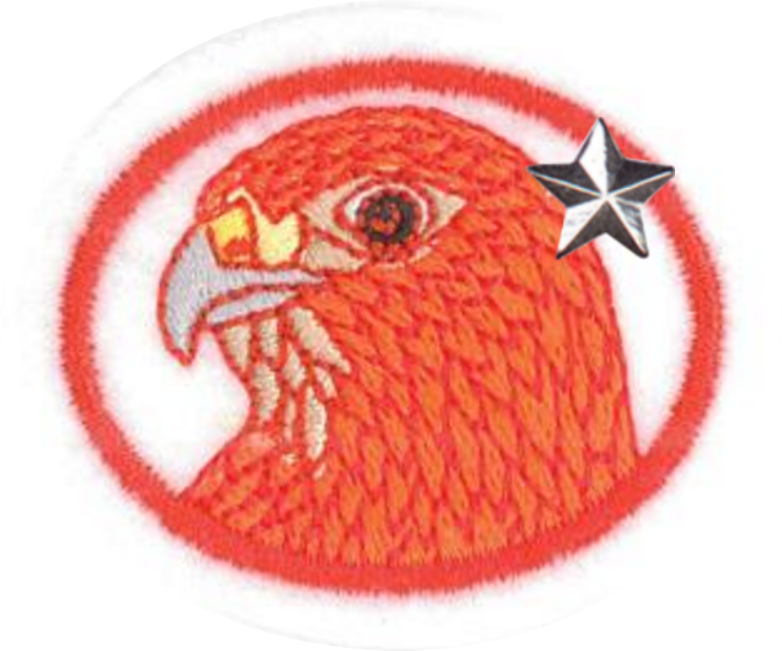Difference between revisions of "AY Honors/Raptors - Advanced/Requirements/es"
(Created page with "</noinclude>¿Cuáles son los hábitos de apareamiento y crianza de las aves de rapiña? <noinclude>") |
(Created page with "</noinclude>Cetrería: <noinclude>") |
||
| Line 15: | Line 15: | ||
<noinclude></noinclude><section end=req2b /></b> | <noinclude></noinclude><section end=req2b /></b> | ||
| − | :<b>c. <section begin=req2c /><noinclude> | + | :<b>c. <section begin=req2c /><noinclude></noinclude>¿Los pollitos de las aves de rapiña se pueden llamar por cuáles nombres? |
| − | </noinclude> | + | <noinclude></noinclude><section end=req2c /></b> |
| − | <noinclude | ||
| − | |||
| − | :<b>d. <section begin=req2d /><noinclude> | + | :<b>d. <section begin=req2d /><noinclude></noinclude>¿Son las aves de rapiña buenos padres? |
| − | </noinclude> | + | <noinclude></noinclude><section end=req2d /></b> |
| − | <noinclude | ||
| − | |||
| − | <b>3. <section begin=req3 /><noinclude> | + | <b>3. <section begin=req3 /><noinclude></noinclude>Cetrería: |
| − | </noinclude> | + | <noinclude></noinclude><section end=req3 /></b> |
| − | <noinclude | ||
| − | |||
| − | :<b>a. <section begin=req3a /><noinclude> | + | :<b>a. <section begin=req3a /><noinclude></noinclude>¿Qué es la cetrería? |
| − | </noinclude> | + | <noinclude></noinclude><section end=req3a /></b> |
| − | <noinclude | ||
| − | |||
:<b>b. <section begin=req3b /><noinclude><div lang="en" dir="ltr" class="mw-content-ltr"> | :<b>b. <section begin=req3b /><noinclude><div lang="en" dir="ltr" class="mw-content-ltr"> | ||
Revision as of 23:04, 11 April 2021
Nivel de destreza
3
Año
2015
Version
19.05.2024
Autoridad de aprobación
División Norteamericana
1. Tener la especialidad de Aves de rapiña.
2. Reproducción/Cría:
- a. ¿Cuáles son los hábitos de apareamiento y crianza de las aves de rapiña?
- b. ¿Cuáles son algunos hechos acerca del período de incubación de los huevos de las aves de rapiña y el nacimiento de los pollitos de aves de rapiña?
- c. ¿Los pollitos de las aves de rapiña se pueden llamar por cuáles nombres?
- d. ¿Son las aves de rapiña buenos padres?
3. Cetrería:
- a. ¿Qué es la cetrería?
- b.
Name the basic equipment used to train raptors for falconry and what raptors they use.
- c.
Learn about the history of falconry and some famous falconers.
Migration:
- a.
Discover some facts about the migration of raptors.
- b.
Choose two raptors and diagram, draw, or map their migratory routes. Include in your display where they start and end their journey, where they stop to feed, what they eat along the way, their migratory path, and landmarks along their route.
- c.
Draw or paint a picture of the world from the point of view of a migrating raptor. Accurately portray the habitat the bird might pass over, the altitude the bird is flying, and the feel of the air.
5.
Complete a project, not previously done, from the list in the basic Raptor Honor #6.
6.
Make a world map with the names and pictures of several raptors (diurnal and nocturnal) that live on or by each continent region of the world.
7.
Arrange or participate in a service project benefiting raptors (such as: clean up, habitat/migratory route preservation/restoration, food source preservation, helping others learn about raptors). Write a report about the following things (including maps, photographs or drawings may help):
- a.
Where did you visit?
- b.
When did you visit?
- c.
What did you do there?
- d.
New information you have learned beyond what was learned in the basic honor.
- e.
Information about the specific area you visited.
- f.
Describe the service project you did (be specific).
- g.
What did you learn about yourself while doing the service project?
- h.
What did you learn about a raptor's range, habitat, diet, mating & reproduction, and status in conservation while doing this service project?


